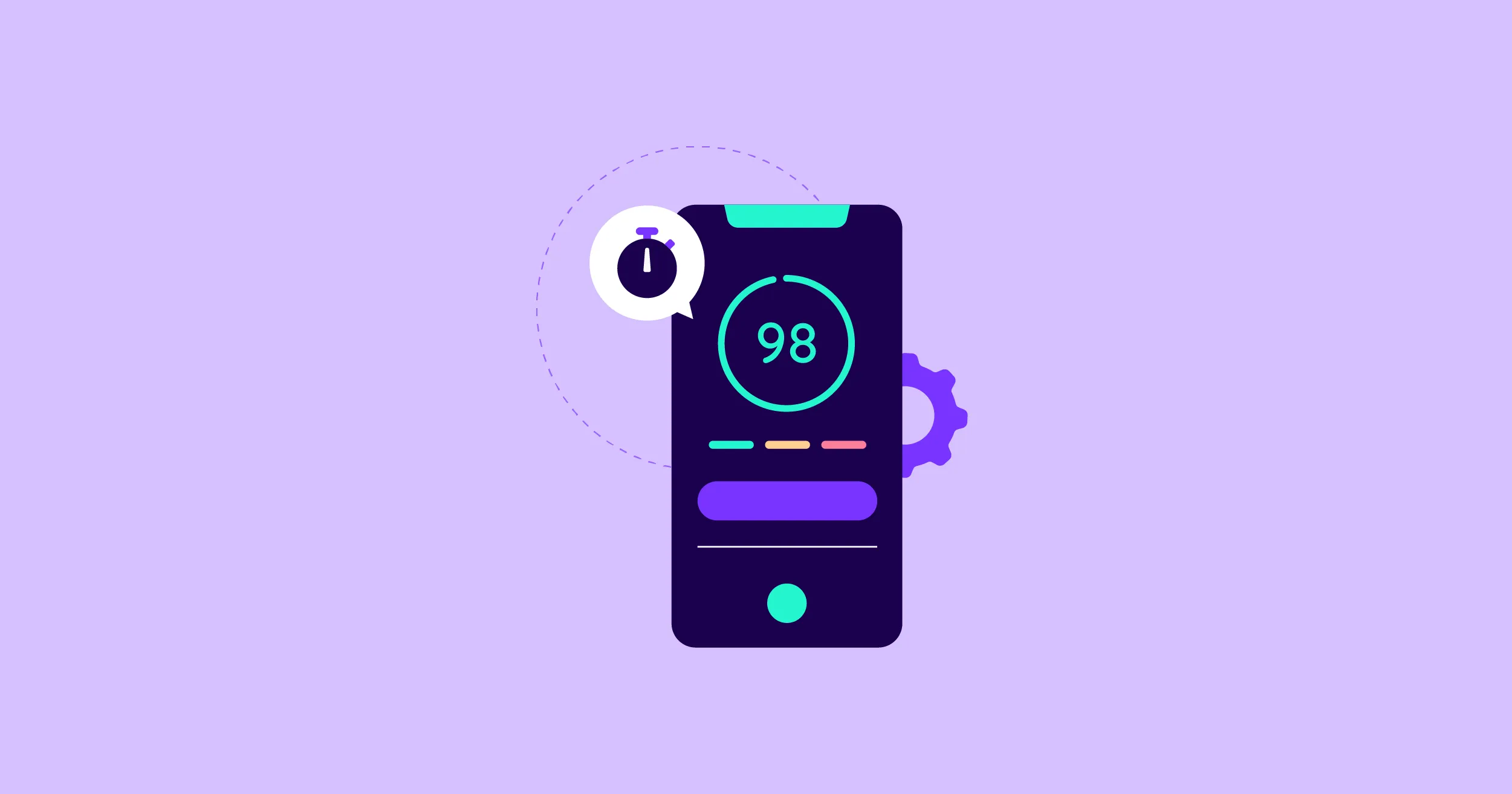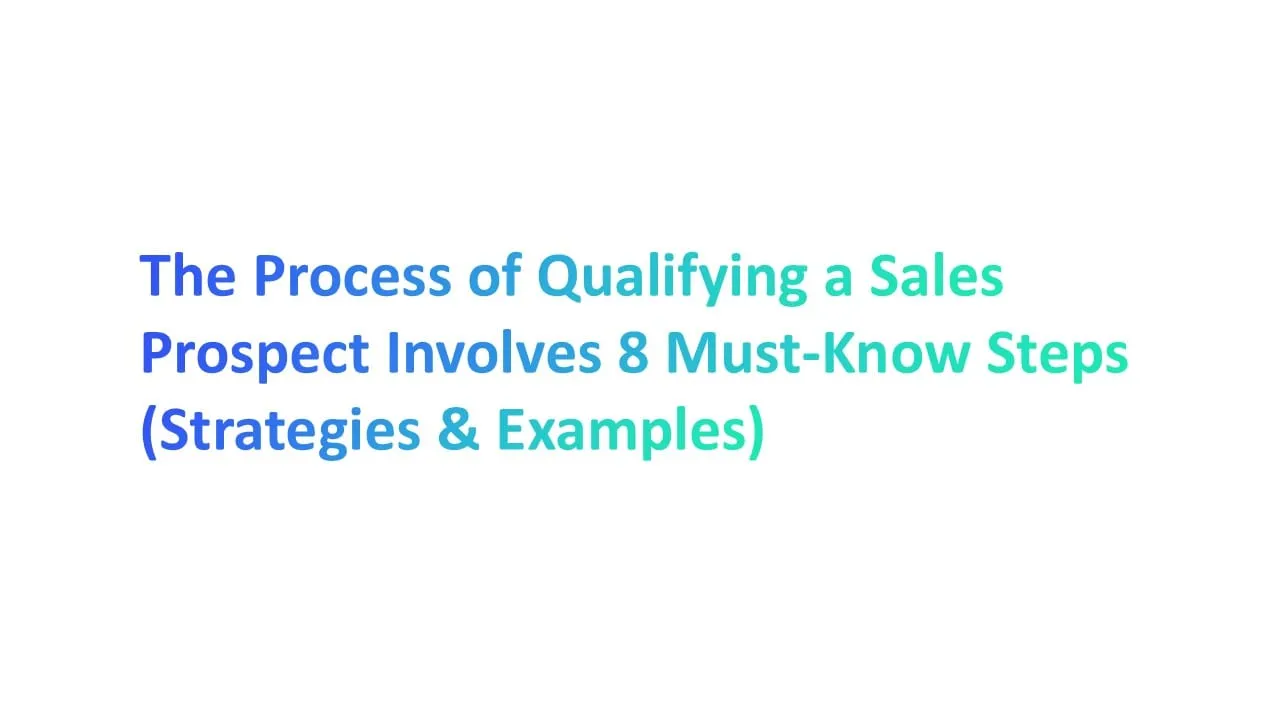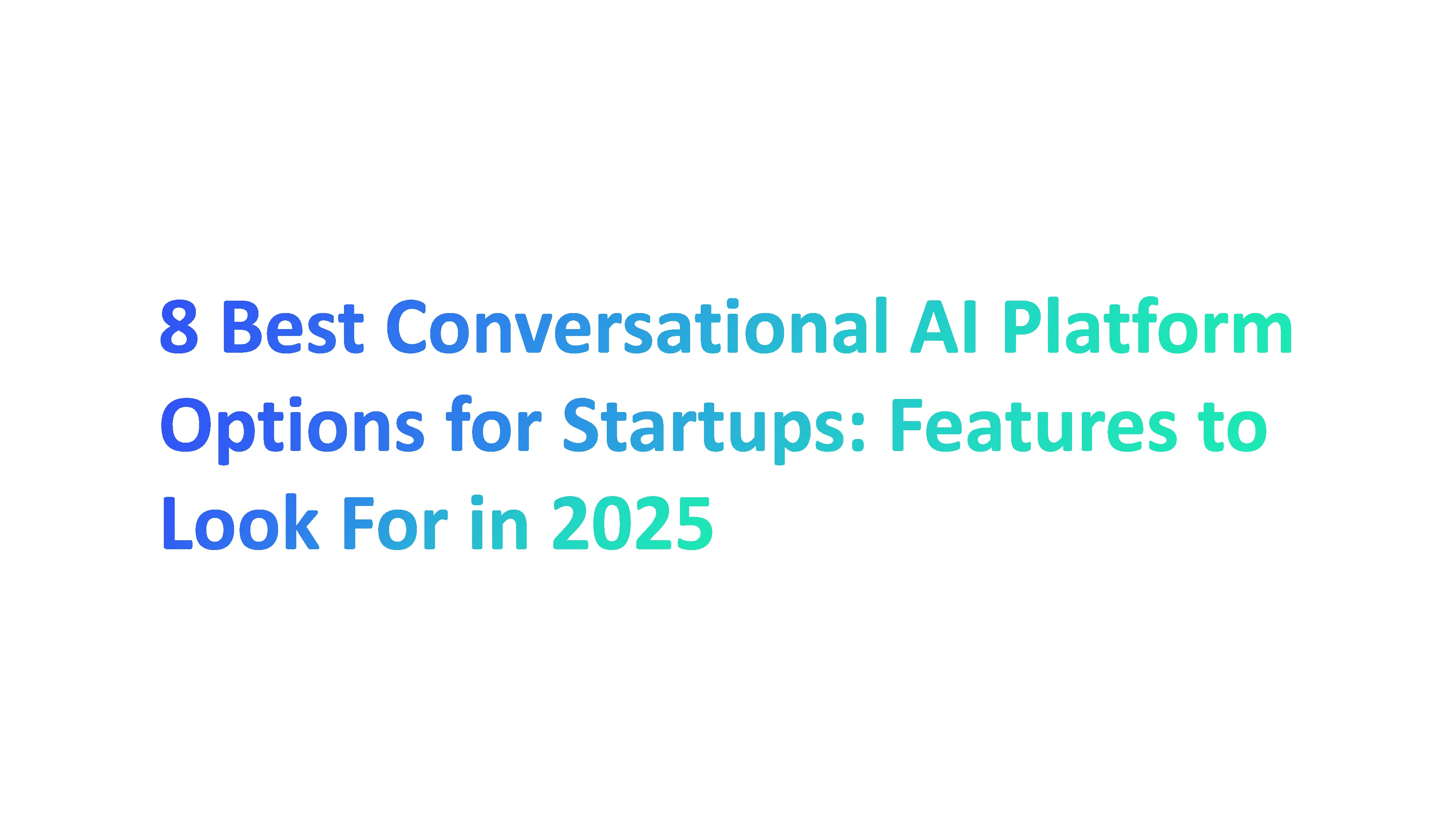If you’re serious about boosting sales in 2025, here’s the truth — a flashy website alone won’t cut it. You need to increase your conversion rate in sales smartly and systematically.
Studies show that the average website conversion rate hovers around 2.35%, but the top 10% of companies push it past 11% (WordStream, 2024). Big difference, right?
The good news? You don’t need a magic wand—you just need a better strategy.
In this guide, you’ll find real tips, backed by real numbers, that actually work. So grab a coffee (or two), and let’s turn your potential customers into happy buyers — without pulling your hair out.
Investing time and effort in a blog helps develop an effective inbound marketing strategy and drives conversions by attracting and nurturing leads. Blogs can establish a brand as a thought leader and build trust with potential leads.
What Is a Good Sales Conversion Rate? (And How to Calculate Yours)

If you’re wondering how to increase conversion rate in sales, it’s important to first know what a good sales conversion rate actually looks like.
Understanding your ideal customer profile (ICP) is essential for improving lead qualification, which directly impacts your conversion rates. Effective lead qualification speeds up the sales cycle and increases close rates.
Simply put, your sales conversion rate shows how many potential customers buy your product compared to how many site visitors you have.
Here's a simple way to think about it: If 100 people visit your landing page and 3 of them make a purchase, your sales conversion rate is 3%.
What’s considered “good”?
It depends on your business. According to WordStream (2024), the average sales conversion rate across industries is about 2.35%, but the top performers hit over 11%. So if you’re anywhere between 3% to 5%, you’re doing okay. Over 8%? That’s fantastic!
Here’s a simple formula you can use: Sales Conversion Rate = (Number of Sales ÷ Number of Site Visitors) × 100
Quick Example: 200 visitors ➔ 10 purchases ➔ (10 ÷ 200) × 100 = 5% conversion rate
Average Sales Conversion Rates by Industry (2025 Benchmark)
Understanding Sales Conversion Rates (And Why They Matter)

When it comes to how to increase conversion rate in sales, knowing your sales conversion rates is step one.
Simply put, your sales conversion rate shows the percentage of potential customers who actually complete a purchase after interacting with your business.
Consider this: if 100 individuals visit your landing page and 5 end up purchasing your product, your sales conversion rate stands at 5%.
Tracking your sales conversion rates helps you:
- Spot Leaks in Your Sales Funnel: You’ll see where site visitors drop off during the different sales funnel stages.
- Set Realistic Goals: Knowing your average conversion helps you plan smarter marketing and sales strategies. Strong sales teams align their efforts with marketing strategies to convert more visitors into buyers.
- Improve Your Sales Process: Small tweaks in your calls to action, landing pages, or email marketing can lead to major gains in sales conversions. A well-trained sales team plays a huge role in converting visitors into loyal customers. Every sales rep needs clear training on handling objections to keep prospects moving through the sales funnel.
- Benchmark Against Competitors: Are you above or below the industry average customer conversion rate? Knowing where you stand helps you improve faster.
- Use CRM Software: CRM software helps track interactions with current and future customers, allowing for better pipeline management and ensuring no leads slip through the cracks. Sales and marketing functions should work closely together to ensure the right leads are sourced and qualified.
In 2025, businesses with high sales conversion rates will dominate — not because they have the most site visitors, but because they convert smarter.
Pro Tip: Always measure sales conversion rates separately for new customers and loyal customers to uncover hidden growth opportunities.
Top 5 Fastest Ways to Boost Sales Conversions
How to Increase Conversion Rate in Sales: Proven Techniques for 2025

1. Personalize Every Interaction
Personalization means making your customer feel like you’re speaking directly to them. It’s using their name, remembering what they like, and suggesting products they actually want.
Big brands like Amazon and Netflix do this really well—and it’s a big reason for their success.
How to do it:
- Use Website Data: Track what site visitors look at on your landing page or product pages.
- Segment Your Audience: Separate new customers from loyal customers and create different email campaigns for each group.
- Send Personal Emails: Instead of saying "Dear Customer," say "Hi [Name]!" It’s a small thing, but it boosts sales conversions.
Quote: "80% of shoppers are more likely to buy from a brand that offers personalized experiences." — Epsilon Research, 2023
Pro Tip: Use personalization tools to track qualified leads and make sure your calls to action match what they actually want.
2. Shorten the Sales Funnel
A sales funnel is the path customers take from first learning about you to finally making a purchase.
If that path is too long or confusing, potential customers will leave—and you’ll lose sales.
How to do it:
- Simplify Landing Pages: Keep only one clear call to action per page.
- Fix Broken Links: A missing page frustrates site visitors and kills trust.
- Speed Up the Buying Process: Remove unnecessary steps during checkout.
- Offer Free Shipping: Sometimes, one extra perk can close the deal faster.
Quote: "Sites that remove extra steps in the buying process see an average 20% lift in conversion rates." — Baymard Institute, 2024
Pro Tip: Focus on the awareness stage and consideration stage separately. Give useful valuable information early, but ask for the purchase when they’re ready.
3. Enhance Your Value Proposition

Your value proposition is the reason why potential customers should pick you instead of someone else. It’s what makes your offer special.
If people don’t understand why your product is better, they won't buy it. That’s why a strong value proposition is key to how to increase conversion rate in sales.
How to do it:
- Be Clear and Specific: Tell visitors exactly how your product helps them. Skip the fancy words.
- Focus on Benefits, Not Features: Instead of saying, "This blender has 10 speeds," say, "This blender saves you time and makes smoothies in seconds."
- Highlight Unique Points: If you offer free shipping or a free gift, say it right away.
- Create Content That Supports Your Message: Use simple landing pages that focus on what matters most.
4. Use Social Proof Strategically
Social proof means showing that other people trust and love your product. It’s human nature—we feel better when we know others have made the same choice.
Adding social proof can quickly improve your sales conversion rates. Using live chat allows businesses to answer in-the-moment questions and keep shoppers on their site, further enhancing trust and engagement.
How to do it:
- Add Customer Reviews: Show happy reviews right next to your calls to action.
- Use Star Ratings: A 4.5-star rating or higher makes site visitors more likely to buy.
- Show How Many People Purchased: A message like “500+ happy customers” builds trust fast.
- Highlight Awards or Features: If your product was featured in blogs or magazines (valuable information), show it proudly.
Pro Tip: Use real photos of customers if you can. It feels more genuine and improves conversions.
5. Offer Incentives Like Free Shipping or Free Gifts
Sometimes people need a small push to hit that "Buy Now" button. Offering extras like free shipping or a free gift can boost your sales conversions fast.
These small perks make potential customers feel like they’re getting more value. And let’s be honest—who doesn’t love a good freebie?
How to do it:
- Add Free Shipping: Offer it for all orders or set a minimum cart value.
- Give a Free Gift: A small bonus with every purchase can surprise and delight your site visitors.
- Create Content That Highlights the Offer: Make sure your bonus is visible on your landing page and near the calls to action.
6. Boost Website Speed and Mobile Friendliness

If your site loads slowly, you’re losing conversions—and fast. People won’t wait around for a page to load.
Plus, most shoppers today use their phones. If your website looks bad on mobile, you’re saying goodbye to easy sales.
How to do it:
- Compress Images: Big images slow down your website. Shrink them without losing quality.
- Fix Broken Links: They make your site look sloppy and frustrate potential customers.
- Test Mobile Layout: Make sure your landing pages and product pages are easy to read on small screens.
- Use a Progress Bar: On long checkout pages, show a progress bar so customers know how close they are to being done.
Pro Tip: Use free tools like Google’s PageSpeed Insights to find out what’s slowing you down.
7. Focus on High-Intent Marketing Channels
High-intent marketing channels are places where people are already looking to buy something.
Think of Google Ads, product search pages, or people who signed up for your email marketing list. They are warm and ready. Sales automation tools can help sales teams close more deals and close them faster by streamlining processes and focusing on high-intent leads.
When you target these audiences, it becomes easier to increase your conversion rate in sales without wasting time.
How to do it:
- Run Google Ads: Target people already searching for solutions like yours.
- Use Email Campaigns: Send special offers to qualified leads who already showed interest.
- Focus on Organic Search: Create helpful content that ranks in search engines and attracts potential customers. High-performing sales reps regularly update their approach based on customer feedback and website data.
- Retarget Past Visitors: Use ads to bring site visitors back who didn’t buy the first time.
8. Add Clear, Bold Calls to Action
A call to action is what tells visitors what to do next — like "Buy Now," "Sign Up," or "Get Your Free Sample." Without a strong one, people just wander and leave.
A good call to action can boost conversions fast because it makes the next step obvious.
How to do it:
- Use Simple Words: Say exactly what you want, like “Start Free Trial” or “Get 10% Off Today.”
- Place Them Smartly: Put calls to action on your landing pages, at the top, middle, and bottom.
- Make Buttons Stand Out: Use bright colors and clear fonts so your button doesn’t get lost.
- Test Different CTAs: Try different versions and see which gets more conversions.
9. Analyze Your Conversion Funnel Regularly

Your conversion funnel is the path your potential customers follow — from first hearing about you to making a purchase. If you don’t watch it closely, you might miss where people are dropping off.
Checking the funnel helps you find where your site visitors lose interest, so you can fix it fast and increase conversions.
How to do it:
- Track Each Funnel Stage: Check how many people move from visiting your landing page to clicking a call to action to buying.
- Use Website Data: Tools like Google Analytics or Hotjar help you see where customers get stuck.
- Spot Drop-Off Points: If many leave at checkout, maybe you need to add trust badges or remove a confusing step.
- Test Small Changes: A simple tweak like adding a progress bar can guide more people toward buying.
10. A/B Test Everything (Then Keep Improving)
A/B testing means trying two versions of something to see which works better. It could be a different call to action, a new headline, or even the color of your “Buy Now” button.
When you test smartly, you don’t just guess what your customers like — you gain insight backed by real data.
How to do it:
- Start Simple: Test one thing at a time like changing your call to action from "Sign Up Now" to "Get Started Free."
- Test Emails and Pages: Try new subject lines in your email campaigns or different layouts on your landing pages.
- Look at the Numbers: Don't just trust your gut. Trust your conversion rates.
- Keep Testing: What works today might not work tomorrow. Always look for ways to improve.
Optimize Your Website’s Conversion Rate: Quick Wins

1. Simplify Your Landing Pages
A landing page is the first thing many visitors see. If it’s messy or confusing, people leave fast.
How to do it:
- Use a Clear Headline: Tell people what you offer in one simple sentence.
- Cut the Clutter: Remove extra images, buttons, and pop-ups that distract.
- Highlight One Call to Action: Focus only on one thing you want visitors to do.
2. Speed Up Your Website
Nobody likes waiting for a slow website. If it takes more than 3 seconds to load, you lose site visitors.
How to do it:
- Compress Images: Shrink large pictures without making them look bad.
- Fix Broken Links: Dead pages hurt trust and hurt conversion goals.
- Use Website Speed Tools: Free tools like Google PageSpeed Insights show what to fix.
3. Use a Sticky Call to Action
A sticky call to action stays visible as people scroll down. It keeps reminding visitors to take action, like "Buy Now" or "Get Free Demo."
How to do it:
- Make the Button Bright: Use colors that pop.
- Use Simple Words: Clear buttons like “Get Started” or “Try for Free” work best.
- Test What Works: Try two different CTAs to see which gets better conversions.
4. Fix Broken Links and 404 Pages

Broken links and 404 pages happen when someone clicks a button and ends up nowhere. This frustrates site visitors and makes them leave fast.
How to do it:
- Scan Your Website: Use tools like Screaming Frog or Ahrefs to find broken links.
- Fix or Redirect: Update links to the right page or send visitors to a helpful page instead of a 404 error.
- Check Regularly: Run a link check every month to stay on top.
5. Add Trust Signals Like Social Proof
Social proof means showing new visitors that other people trust you. When people see proof, they feel safer buying from you.
How to do it:
- Add Customer Reviews: Show real feedback near calls to action.
- Highlight Awards: If you’ve won anything, proudly display it.
- Use Numbers: Like “Over 1,000 happy customers!” on your landing page.
6. Offer Exit-Intent Popups Smartly
An exit-intent popup appears when someone is about to leave your website. It’s your last chance to offer something before they go. Sending abandoned cart emails can significantly increase the chances of conversion for potential customers who leave without completing their purchase.
How to do it:
- Offer a Discount or Free Gift: Give them a reason to stay or sign up.
- Keep It Simple: Use few words and one call to action.
- Don’t Overdo It: Only show it once, not every time they move the mouse!
Tips for Email Marketing that Nurtures New Customers and Loyal Customers

1. Segment Your Email List by Customer Journey Stage
Not every customer is in the same place. Some just learned about you. Others are ready to purchase again. That’s why smart businesses break their email list into groups. This is called segmentation by customer journey stage.
Using lead scoring helps identify the most engaged leads as they move through the buying journey, allowing for more targeted and effective communication. Creating gated content requires users to fill out a lead form to access the content, helping to generate leads.
How to do it:
- Tag New Visitors: People who just joined your list need welcome emails, not heavy sales pitches.
- Separate Loyal Customers: Regular buyers deserve VIP deals or early access.
- Use Customer Behavior: Track clicks, site visits, and past purchases to group people better.
2. Use Welcome Series for New Customers
A welcome series is a set of emails sent automatically when someone signs up. It’s like saying, “Hey, thanks for trusting us! Let’s get started.” It makes new customers feel important from day one.
Email automation is an effective way to nurture leads and improve conversion rates by ensuring timely and relevant communication. Automation standardizes communications before and after sales meetings to keep prospects engaged.
How to do it:
- Send the First Email Fast: Thank them and explain what’s next.
- Share Helpful Info: Send tips, how-tos, or even a free guide.
- Invite Action: Use a strong call to action like “Explore Our Best Sellers” to drive more sales.
3. Reward Loyalty with Exclusive Offers
Your loyal customers are gold. They already trust your business and are much more likely to purchase again. Treating them well can boost your conversion rates even higher.
Automation takes repetitive, time-consuming admin tasks off your team's plate, so they can spend more time engaging prospects and closing deals.
How to do it:
- Create Special Discounts: Give your best customers early access to new products or limited-time deals.
- Send Birthday or Anniversary Emails: Celebrate their big days with small rewards.
- Offer Loyalty Programs: Points, rewards, and VIP perks keep loyal customers coming back.
4. Add Strong, Clear Calls to Action in Every Email

A call to action (CTA) tells readers exactly what to do next. Without it, people get confused — and you miss out on more sales.
How to do it:
- Use One Clear CTA Per Email: Don’t overwhelm. Keep it focused — like “Shop Now” or “Claim Your Gift.”
- Make It Stand Out: Use a big button or bold color so it’s easy to spot.
- Test and Improve: Try different CTA phrases to see which one boosts conversions the most.
Pro Tip: Use action words that feel urgent, like “Get,” “Save,” “Join,” or “Start.”
5. Share Useful Content, Not Just Promotions
If all your emails scream "Buy now!", people will stop opening them. Great email marketing is about helping first, selling second.
How to do it:
- Share Helpful Tips: Give advice related to your business or products.
- Send Educational Content: Like how-to guides, blog articles, or short videos.
- Mix It Up: 70% helpful content, 30% promotional offers is a good rule.
6. Test and Personalize Your Subject Lines
Your subject line decides if your email gets opened or ignored. It’s your first impression. Personalized subject lines can increase conversions and boost open rates big time.
How to do it:
- Use Their Name: “Sarah, You’ll Love These New Deals!” feels personal and warm.
- Test Different Styles: Try short vs. long, funny vs. serious, emojis vs. none.
- Track What Works: Keep the subject lines that get the best results.
Fix Common Mistakes

1. Slow Website Speed
If your website loads slowly, people leave — fast. Even a delay of just 1 second can hurt your sales process badly. Google says that a page taking more than 3 seconds to load loses almost 53% of mobile visitors. (Source: Think with Google, 2024)
How to fix it:
- Compress Your Images: Big pictures slow down websites.
- Use a Fast Hosting Service: Cheap hosting often means slower load times.
- Limit Heavy Plugins: Too many plugins or apps can drag your site speed down.
2. Weak or Confusing Calls to Action
A call to action (CTA) tells visitors what to do next. If it's weak, confusing, or missing, you’re losing sales without even knowing it. Good CTAs make it super clear: “Buy Now,” “Get Your Free Guide,” or “Start Saving Today.”
Quote: "Clear calls to action can improve conversion rates by up to 80%." — Unbounce, 2024
How to fix it:
- Be Direct: Tell people exactly what you want them to do.
- Make It Stand Out: Use a big button, bright colors, or bold text.
- Put It in the Right Spot: Always have a CTA above the fold (where people first see it).
3. Forgetting to Optimize for Mobile

Today, most prospective customers visit websites using their phones. If your site looks messy on mobile, people leave fast without buying. A 2024 report by Statista says over 58% of web traffic now comes from mobile devices.
How to fix it:
- Use a Mobile-Friendly Theme: Pick designs that adjust to different screen sizes.
- Check Button Size: Tiny buttons are hard to tap. Make them big and easy to click.
- Speed Matters Even More: Mobile users are quicker to leave slow sites.
4. Ignoring the Different Sales Funnel Stages
Not every visitor is ready to buy right away. If you treat everyone the same, you lose sales. There are different sales funnel stages:
- Awareness
- Consideration
- Decision
Each stage needs a different message to move people closer to a buying decision.
How to fix it:
- Awareness Stage: Share free blogs, videos, or guides.
- Consideration Stage: Offer helpful comparisons or detailed product info.
- Decision Stage: Show strong calls to action like “Buy Now” or “Get Started.”
Pro Tip: Create gated content (like free ebooks or webinars) to collect emails from people who are not ready to buy yet.
5. Too Much Information, Too Soon
When you try to tell your whole story at once, you lose people fast. Giving too much information at the wrong time overwhelms new visitors. They don't know where to start or what to do next.
Instead, break your content into small, easy steps. Share only what they need at each stage of the sales funnel.
For example, during the first visit, focus on your main value proposition — not every product you sell. Later, you can send detailed gated content like guides or webinars once they show more interest.
How to Fix It:
- Start simple with a clear message.
- Use bullet points to highlight key benefits.
- Offer extra information after visitors engage (like downloading a freebie).
- Guide potential customers step-by-step through the buying process.
6. Not Testing Landing Pages Regularly
Think your landing page is fine? Think again. Many marketers forget to test small changes that could boost conversions.
Every landing page should be tested for things like button colors, headlines, and even form length. One simple test could be the difference between visitors bouncing or buying.
How to Fix It:
- A/B test different headlines and calls to action.
- Track your website's conversion rate monthly.
- Test if adding social proof (like reviews) helps.
- Keep an eye on the total number of form fields — too many can hurt you.
Boosting your sales conversion rate in 2025 is not about working harder — it's about working smarter. Focus on building trust, personalizing every touchpoint, and fixing the small issues that drive customers away. Use the proven strategies shared here to attract the right audience, guide them clearly, and keep improving over time. Start today, and you’ll turn more visitors into loyal customers faster than you think.









